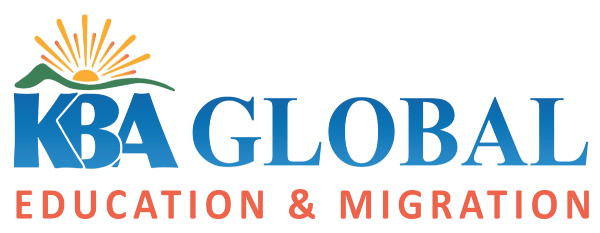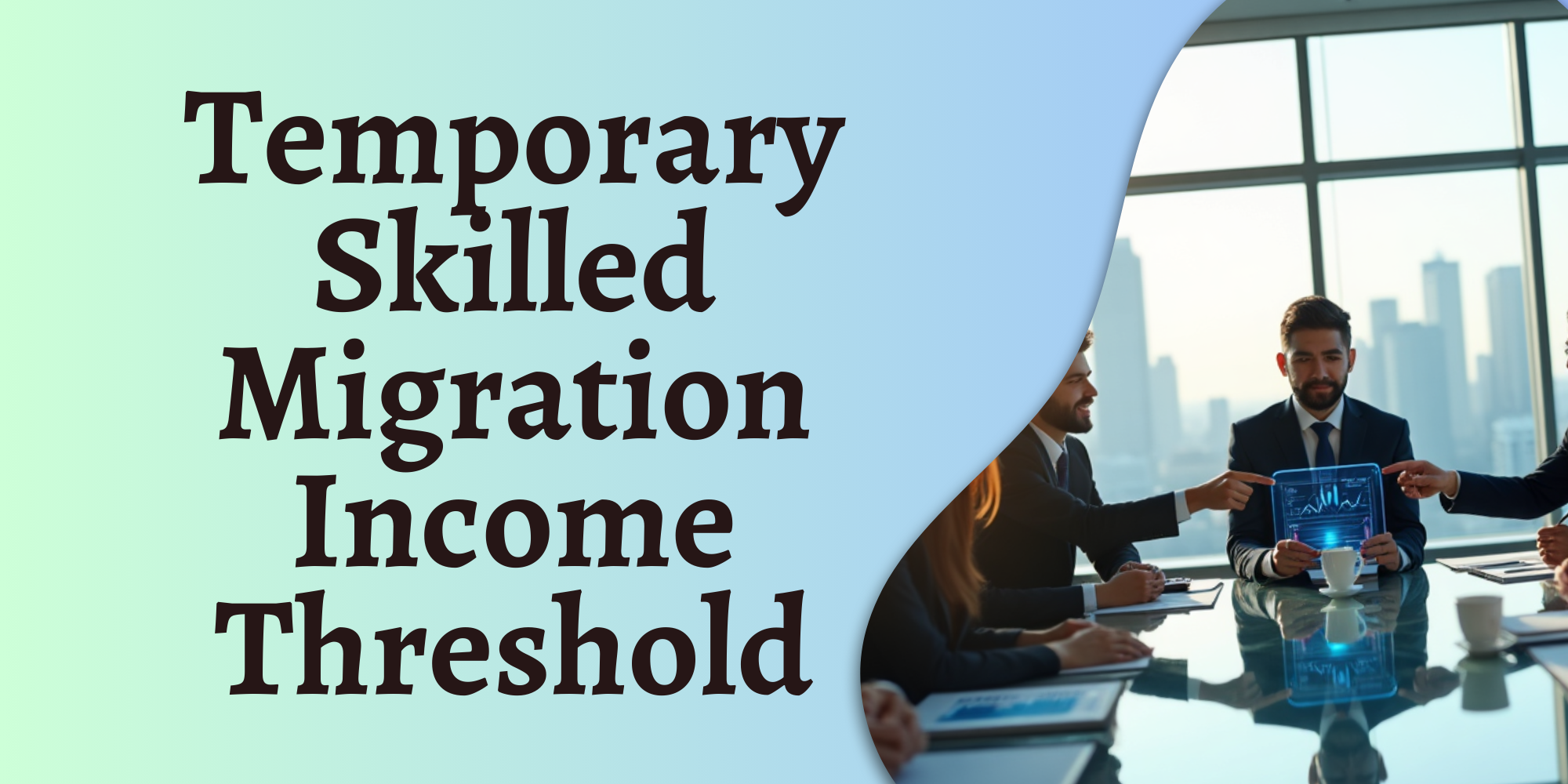Are you thinking of sponsoring skilled workers to Australia? Or perhaps you’re a professional dreaming of working Down Under? The temporary skilled migration income threshold holds the key to your success.
TSMIT, the minimum salary benchmark, determines your eligibility for Australian skilled visas. Recent 2024 updates to this threshold create new opportunities and requirements for visa applications and sponsorship processes.
Let this guide walk you through the essentials of TSMIT—from current threshold requirements to compliance guidelines and industry-specific considerations. Perfect for both employers and visa applicants, you’ll discover exactly what you need to know for a successful visa journey.
Understanding TSMIT and Its 2024 Updates
Picture TSMIT as your salary compass in Australia’s skilled migration landscape. This threshold serves dual purposes: it validates your occupation’s skill level and ensures you can maintain a good living standard in Australia.
Last July 1, 2024. The TSMIT jumps to AUD 111,845.64, up from AUD 107,029.32. This fresh figure matters for all new employer nomination applications after this date.
Which visas fall under these changes? Here’s your quick guide:
- Temporary Skill Shortage (subclass 482) visa
- Employer Nomination Scheme (subclass 186) visa via Direct Entry stream
- Employer Sponsored Regional (subclass 494) visa
Good news for current visa holders: these changes won’t affect you if your application goes in before July 1, 2024. Remember though, your salary must match either the new TSMIT or the Annual Market Salary Rate (AMSR)—whichever sits higher.
Smart planning starts with knowing the basics. Your TSMIT calculations won’t include superannuation. Employers, take note: your job advertisements must clearly show these updated requirements for proper labour market testing.
Why these changes? They help maintain fair wages across Australia’s job market, protecting both local and international workers. The 4.2-4.5% increase aligns with Australia’s rising living costs, as shown by the Consumer Price Index.

TSMIT Compliance Requirements
Ready to meet TSMIT requirements? Your success starts with understanding the essential criteria. The golden rule: your base salary offer must exceed AUD 111,845.64.
Let’s talk about matching your salary with the Annual Market Salary Rate (AMSR). Here’s how smart employers prove their AMSR alignment:
- Match salaries with Australian workers in similar roles
- Check enterprise agreements and industrial awards
- Gather market salary data from multiple independent sources
Think your company car or housing allowance counts towards TSMIT? Think again. These non-monetary perks must stay separate from your TSMIT calculations. They’re extras—not part of your base salary package.
Want bulletproof documentation? Pack your application with at least two of these powerful proof points:
- Job outlook information
- Fresh job ads (no older than 6 months) for similar roles
- Solid remuneration surveys from trusted organizations
- Expert input from unions or employer groups
Paying above award rates but no Australian worker to compare? No worries—just remember to include employment contracts and pay slips. Watch out though; generic salary surveys alone won’t cut it with the department.
Here’s the bottom line: your international talent deserves the same great deal as local staff. Fair treatment isn’t just nice to have; it’s essential for preventing workplace exploitation.
Industry-Specific TSMIT Considerations
Does your role command special salary requirements? Let’s explore how different industries shape TSMIT rules. Here’s what top positions must offer:
- Conference and Event Organizer: AUD 99,384.37
- Sales and Marketing Manager: AUD 99,384.37
- Corporate Services Manager: AUD 122,319.22
- Chief Executive or Managing Director: AUD 275,219.77
Here’s something exciting for high-paying roles: salaries above AUD 382,247.56 unlock special privileges. Employers won’t need to prove market rate alignment at this level.
Running a business in regional Australia? DAMA might be your perfect match. This special agreement lets eligible positions operate at 90% of standard TSMIT. Just show your international talent can still maintain a good lifestyle with this adjusted rate.
Let’s talk extras—those handy perks like housing and car allowances. Keep them within 10% of TSMIT. Make sure these benefits help with living costs, come with clear dollar values, and match what your Australian staff receive.
Remember the golden rule: fair pay comes first, no matter your industry. When roles list specific salary requirements below AUD 111,845.64, stick to the higher TSMIT figure.
Conclusion
Ready to ace your TSMIT journey? Success starts with mastering these updated requirements. Sure, AUD 111,845.64 looks like a big number, but it perfectly matches Australia’s cost of living and market reality.
Smart employers, here’s your TSMIT checklist:
- Keep base salary clean—no super or extra benefits mixed in
- Build your case with solid market data and clear contracts
- Match documentation to your industry needs
Each industry plays by slightly different rules. Some roles need higher pay, while regional businesses can explore DAMA benefits. Just remember: strong paperwork makes strong applications.
Your Australian dream deserves the best chance of success. Whether you’re welcoming international talent or planning your own move Down Under, these TSMIT guidelines light your path to victory. Take time to understand them, follow them carefully, and watch your visa journey unfold smoothly.

